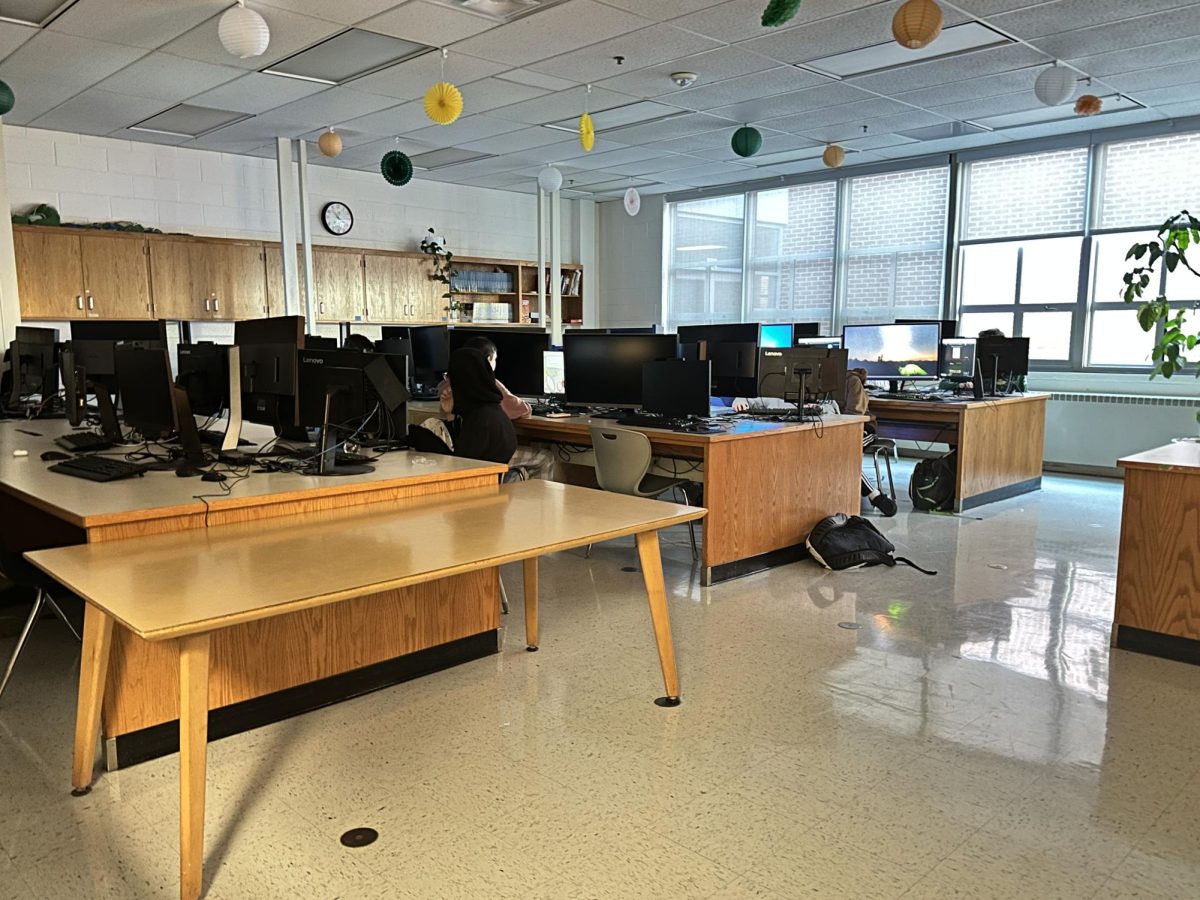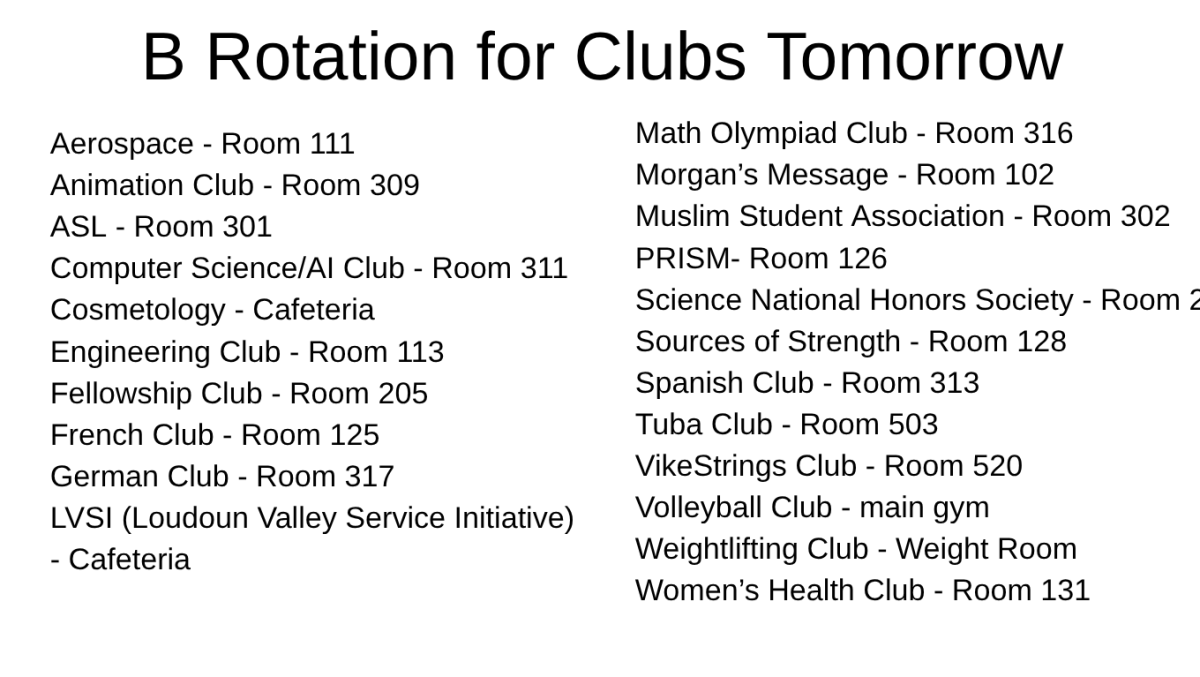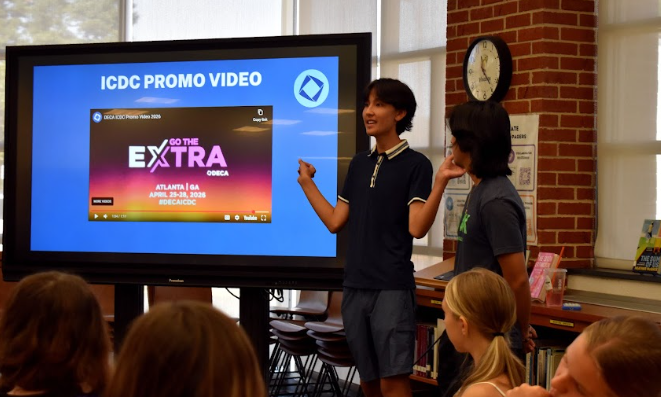Valley’s Cybersecurity class is undergoing massive improvements and changes with its curriculum. This effort is being pushed by cybersecurity teacher Lorraine Lloyd and her students who are determined to elevate the class’s level of hands-on learning and application.
“It started off as speculative what ifs,” senior Charlie Norris said. “Then we started to think about it. I started to draft up things with Lloyd, and she was quickly on board. She seems to really push for this along with me.”
Lloyd was initially apprehensive towards the project, stating how she could see a lot of the potential pitfalls in finding issues within the school, but her students’ determination shifted her stance.
“Some of the ideas made me quite nervous honestly, but at the same time I was really excited,” Lloyd said. “I love that we can actually apply what we were doing here,” she said.
The main goals for this project is to amplify opportunities for hands-on learning in a more immersive and diverse environment.
One of the biggest aspects is allowing students to apply the lessons themselves instead of just teachers showing them how to.
“It will give them hands-on experience in an actual career, and it allows them to further enrich themselves in the knowledge and experience,” Norris said.
Some of the main roles that students can enrich themselves in include resource management, task assigning, data keeping, tracking and many more crucial components of cybersecurity.
“We will get to expand so much more,” Norris said. “I would like to adapt it a little more so that we can be more inclusive and get more students interested in it, to see why it’s more relevant and inspiring.”
Lloyd stresses the importance of a diverse classroom setting that teaches content that can be used and taken to the next step in students’ futures.
“I really want to help students stay on track so they can continue learning this in college or in different careers,” she said.
Getting this off the ground proved to be the most challenging part of this project. Lloyd explained the multitude of people involved when seeking approval for a project of this scope.
“Checking in with all the people is actually one of the hardest parts for this puzzle,” she said.
Before getting the greenlight from admin, they have to set up the codes, finish drafting the regulations and then meet with admin
The initial push for such a project was due to many areas in the current curriculum that needed re-shaping or improvements.
“The current curriculum is more linear. It’s very structured,” Norris said. “It’s not an environment where you can be as adaptive as you need to be in an actual cyber environment.”
Lloyd mentions that the current curriculum is still new to Loudoun County, which creates room for improvement within the course.
“Unlike a Math or English curriculum that they’ve spent decades perfecting, this one is still being worked on,” she said. “One of the things I think really needs to be included is more hardware and more opportunities that are hands-on, like our pen testing.”
The idea for pen testing, a simulated cyberattack on a computer’s system to evaluate its level of security, was originally initiated by Norris and her other students.
“We’ve talked about pen testing and vulnerability assessments before, but we haven’t actually done it,” Lloyd said. “I love that my students were inspired to come up with ways to actually apply and do that in real world scenarios.”








